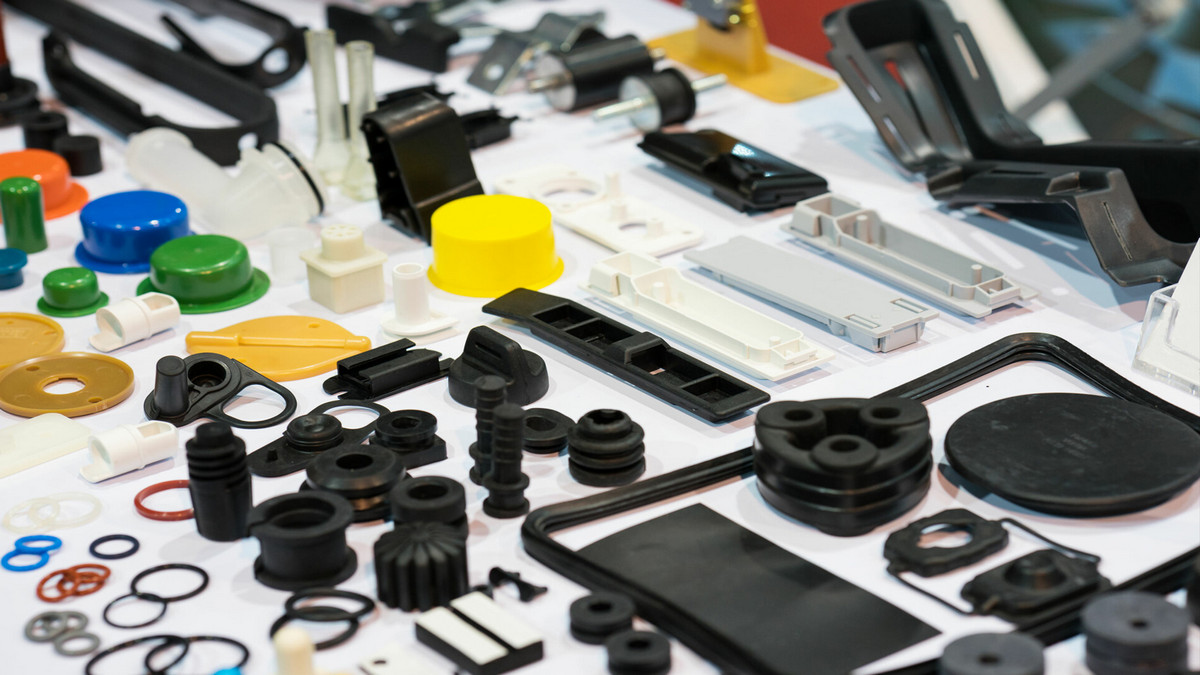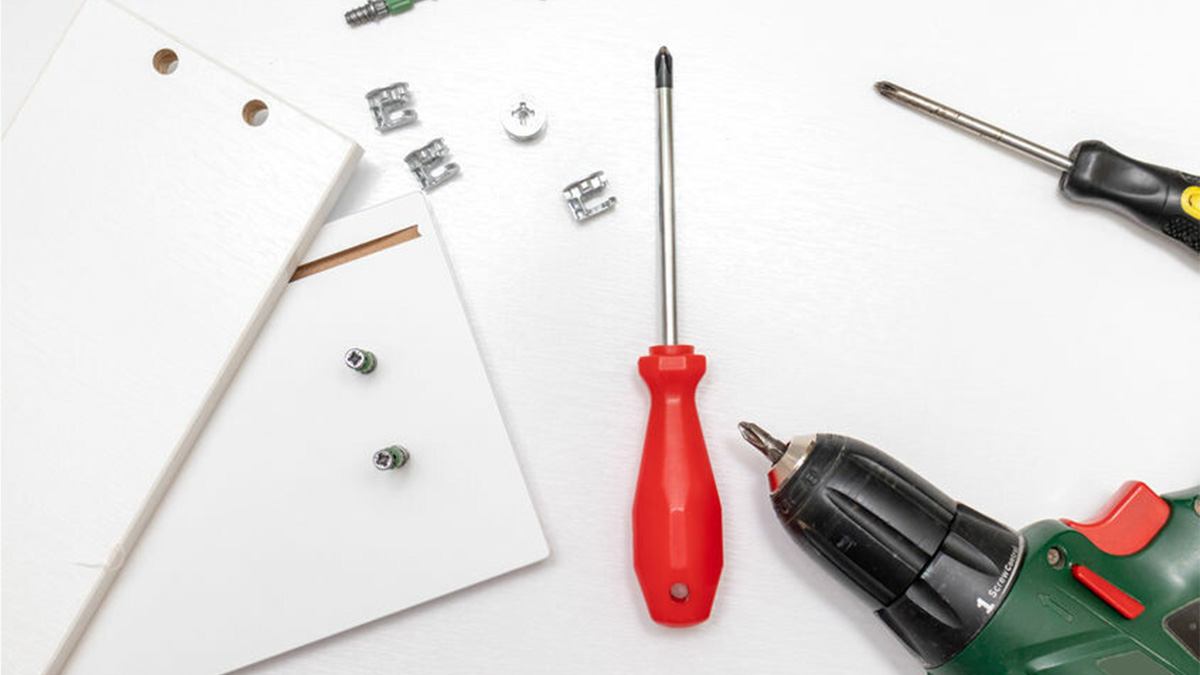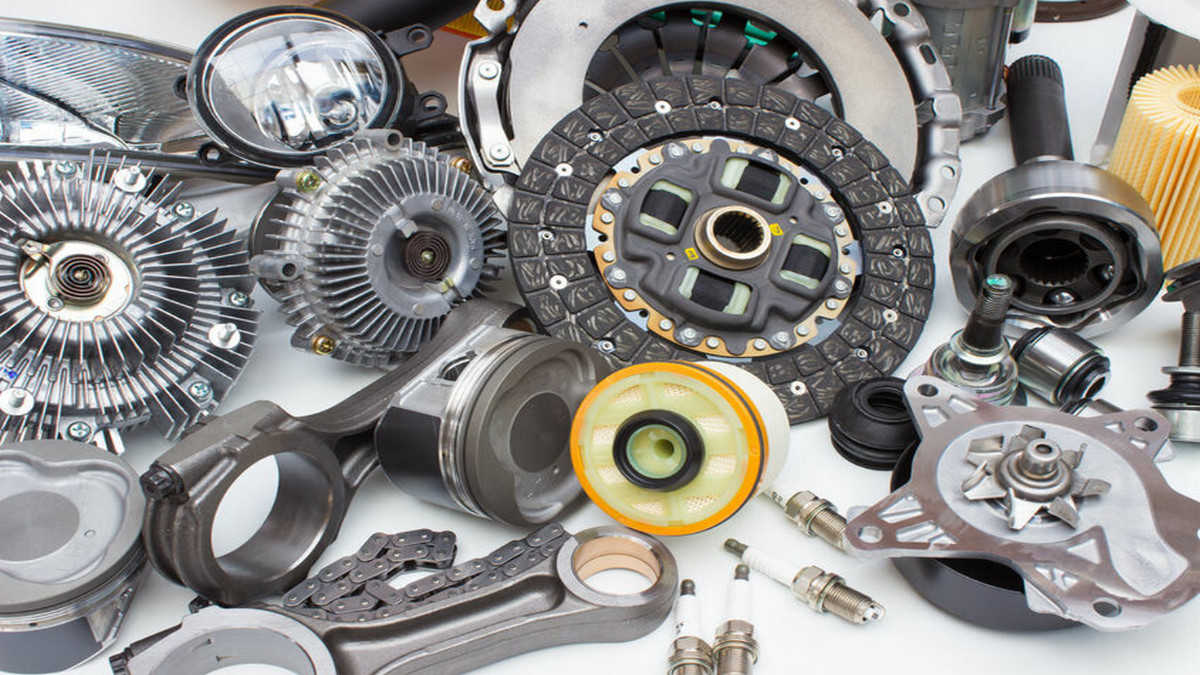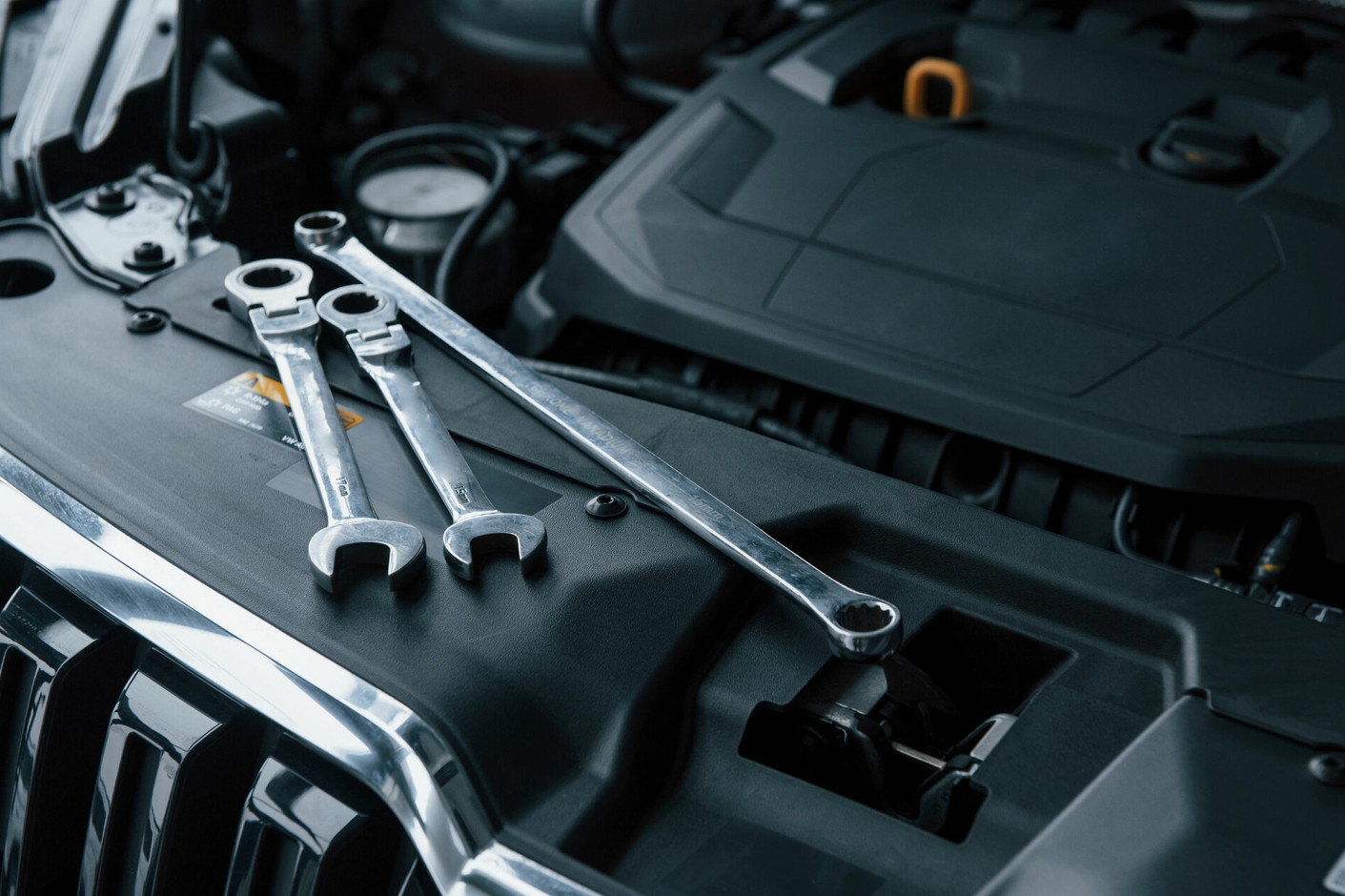In recent years, customer orders and industrial demand have come and gone faster. Coupled with the impact of the epidemic, changes in orders are more difficult to grasp. At this time, what the manufacturing industry can control itself is all kinds of internal management. Only by doing a good job of management can we be able to respond to various changes at any time. From the perspective of mold management, what important information needs to be controlled?
The Importance of Molds
"Mold" is the most important part of plastic injection. The cost of the plastic injection industry, besides equipment, mold should be the most expensive. The mold cost may range from hundreds of thousands to millions, so it is very important to extend the service life of the mold.
Before production scheduling, it is necessary to confirm the conditions such as the tonnage of the injection machine, the condition of the mold, the material formula, and peripheral equipment (such as a drying machine), so that the production schedule can be arranged well, and the frequency of mold and line changes can be reduced. Reduce waste from workflow.
The healthier the mold is, the better the product quality will be, the higher the yield rate will be, and the longer the service life of the mold will be. Therefore, without the use of healthy molds, of course it is impossible to produce high-quality products.
Like a car, molds require regular maintenance to maintain a healthy state; if damage can be reduced during use, the service life of the mold can be extended. After the mold is used for a certain number of times, it will affect the health and use of the mold, so regular maintenance and repairs are required. How can the technology and methods of digital transformation, industry 4.0 and smart manufacturing be used to extend the life of molds?
Common Problems with Molds
It often happens during production. The injection-related machines, materials and personnel are ready, but after the mold is installed, it is found that the mold is not oiled and rusted or the parts are loose, and the mold must be removed from the equipment; or it has been in production for a while, only to find that there is a problem with the quality; after various inspections, it is found that the mold is worn out. At this time, if you contact the manufacturer again to repair the mold, it will take several days of repair time and the production will not be possible.
Therefore, the production plan that was originally arranged could not be operated as scheduled; the delivery date of the order that was originally replied to the customer could not be shipped as scheduled. As a result, equipment and machines are shut down, resulting in a decrease in utilization rate and utilization rate, as well as waste of materials and manpower. These impacts caused by the problems of "mold" are explained in detail in the challenge of "mold management".
Before production scheduling, it is necessary to confirm the mold status information
Before production scheduling, it is necessary to confirm the status of many molds. Is mold healthy? Is it common mode? Confirm the number of mold cavities and healthy cavities to convert the finished product quantity for a single injection.
What Is the Important Data Information of The Mold?
From the above situation, it can be understood that if the mold management is done well, the status of the mold can be grasped at any time; mastering the important information of the mold can make the production schedule accurate, or facilitate temporary production changes at any time.
Once the urgent order is received, it can be produced immediately, and the mold will not be repaired or maintained because of unhealthy or problematic molds, which will cause the production scheduling plan to fail and become a production bottleneck.
What is the important information of the mold? What mold information must be mastered at any time?
Mode status
Does the mold need maintenance? The most basic reference is the number of times the mold is used.
Mold common mode status
Are there products with different product numbers but using the same mold?
Mold replacement status
For products with different product numbers, because of the style adjustment, it is necessary to change the mold core design and change the mold. Is the mold repaired? What is the status of the model repair? Is there a corresponding product number that needs to be adjusted accordingly?
Cavity changes
Is the mold damaged and unusable and needs to be replaced? Has the replacement been completed?
Health point status
After the mold is used, it will be damaged. A mold with multiple cavities, how many mold cavities are healthy and usable? Which mold cavities are worn out? In the future production, the use of this mold cavity should be avoided to avoid the production of defective products. At that time, quality control personnel will be required to pick out the defective products.
Summary
The health of the mold greatly affects the quality of plastic injection. Therefore, mold management should be done well at ordinary times. Only by grasping the status of the mold and the important data information of the mold at any time can the production schedule be accurate, or it is conducive to the adjustment of the production schedule temporarily. If there is a problem with the mold and it takes time to repair or maintain it first, it is a pity that the production operation cannot be carried out immediately.
Digital software system tools can help factories collect important mold-related data and information, allowing factories to use digital transformation, industry 4.0 and smart manufacturing technologies and methods to make factories more digital and intelligent.
Before explaining the production schedule this time, you should master the important information about which molds. How much do you know about mold management, repair and maintenance? (Part II) will explain the management mechanisms of the two molds, "Mold Common Molding Mechanism" and "Mold Management Process", so that you can better understand how to get this important mold information correctly!














